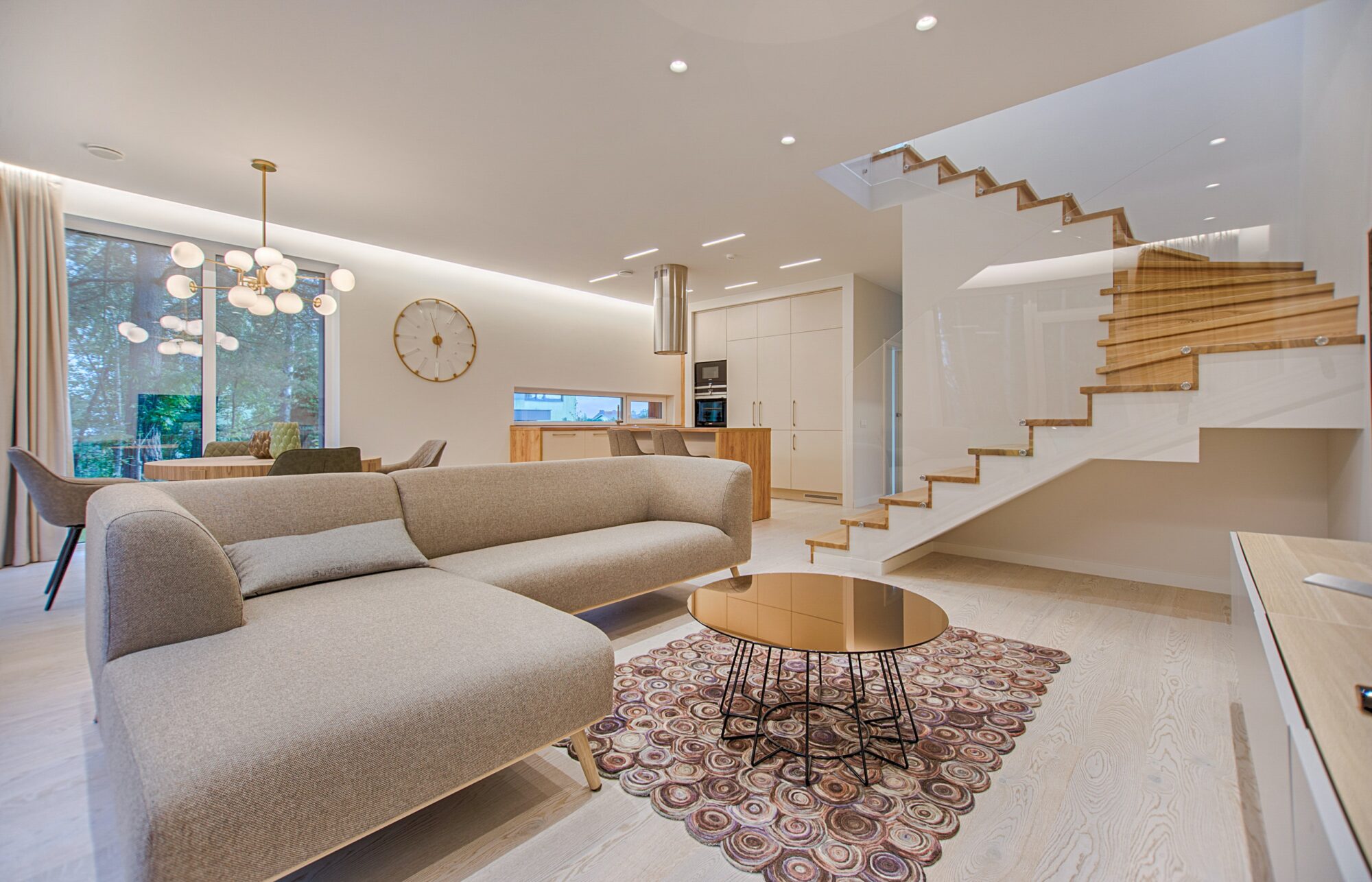The Best Career Paths for Interior Design Lovers

According to the latest data from Indeed, the average salary for an interior designer in the UK is £36,288 per annum.
This was the average across 1.6k reported salaries, although there are obvious variances depending on precise job roles, experience and geographical location.
But what are the best career paths for lovers of interior design, and what skills will you need to monetise your passion?
What are the Key Skills?
Perhaps the main and most obvious skill for any interior designer is creativity, with professionals in this field typically responsible for creating original ideas and reimagining and existing living space.
However, unbridled creativity is not beneficial for interior designers, who must also have a keen attention to detail that ensures that all aspects of even complex and creative designs are functional and in line with the client’s wishes.
You’ll also require a fundamental understanding of fundamental design principles, so that you can help to bring specific projects and ideas to life.
These principles tend to involve proportion, colour theory and emphasis, while you should also be able to communicate these effectively to others.
A Career as an Interior Designer
In simple terms, an interior designer can work on a freelance contract or while working for a larger and established design company.
In terms of their general role, they’ll choose the layout and appearance of physical indoor spaces, according to a brief given by the client and your own creative interpretation of their requirements.
You can work in many different types of property in this sphere, from residential houses and flats to office spaces, hotels restaurants and even hotels.
Another key aspect of interior design work is the use of specific materials and universally handy tools like a ratcheting screwdriver, while play a practical role in bringing projects to life and must be sourced within budget.
Our Tips for Working as an Interior Designer
The question that remains, of course, is how can you get started in this field (especially if you don’t hold a degree)? Here are some tips to keep in mind:
- #1. Follow the Trends: If you’re going to make your mark and wow potential clients, you’ll need to understand and convey your knowledge of the latest design trends and principles. Sites such as Pinterest, Instagram and dedicated blogs are all excellent sources for identifying the very latest design trends, while you should check these resources regularly to keep yourself informed. This can also identify influencers in the market and create potential networking opportunities across the board.
- #2. Create Your Own Experience: When starting out, you’ll need to create opportunities and experiences, rather than relying on paid clients to fund the early part of your career (it’s a competitive market after all). Instead, why not use your own home to practice and hone your creative skills, as this enables you to express your ideas and identity while creating a fitting portfolio of work to showcase your unique talents.
- #3. Document and Share Your Work: When you do start to initiate projects at home or on behalf of clients, be sure to document these and share them wherever appropriate. This ensures that you have a portfolio of work that reflects your skills and can communicate these to potential clients, while we’d also recommend using a website to display your projects and share testimonials from satisfied customers!

Leave a Reply
You must be logged in to post a comment.